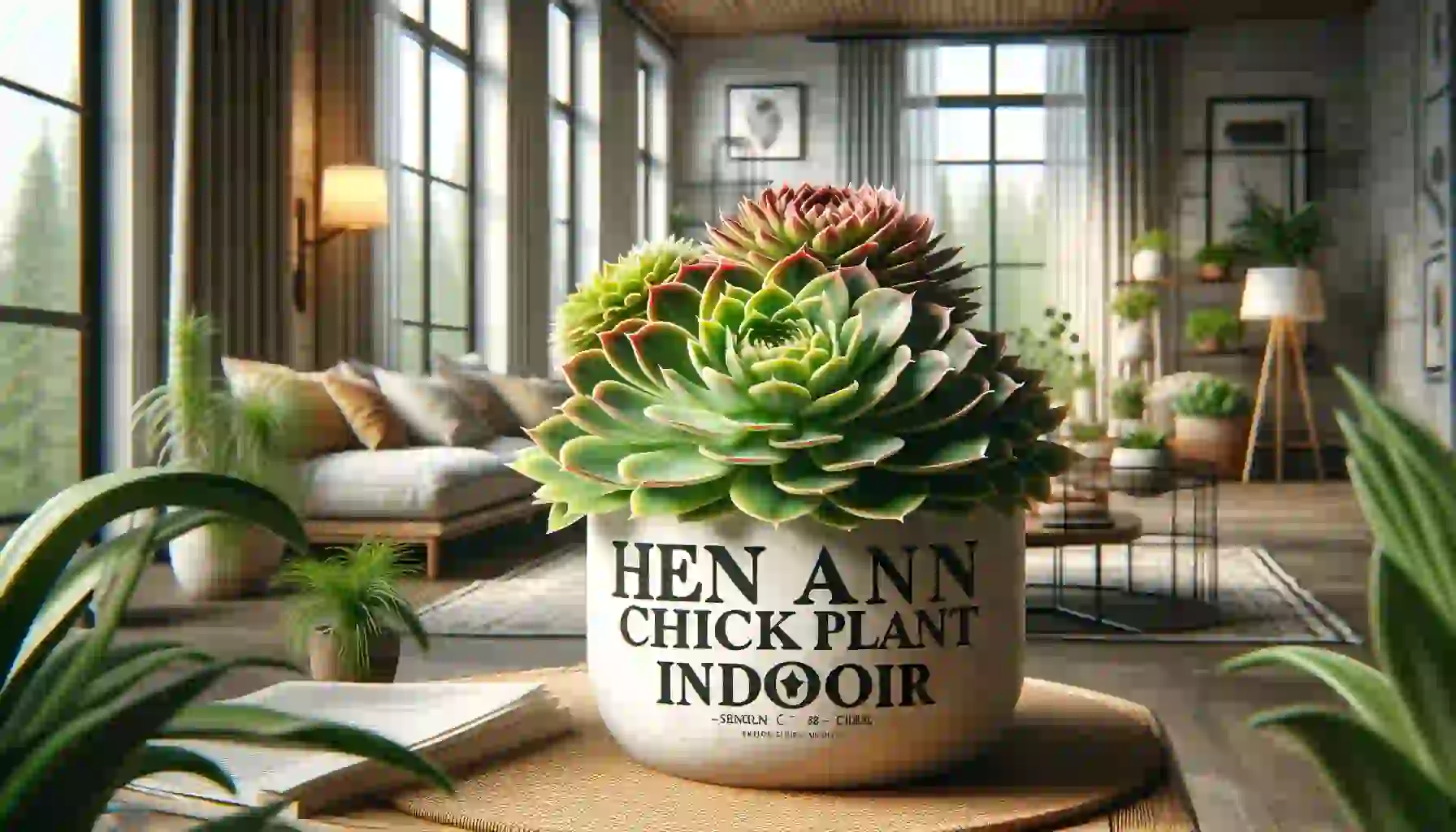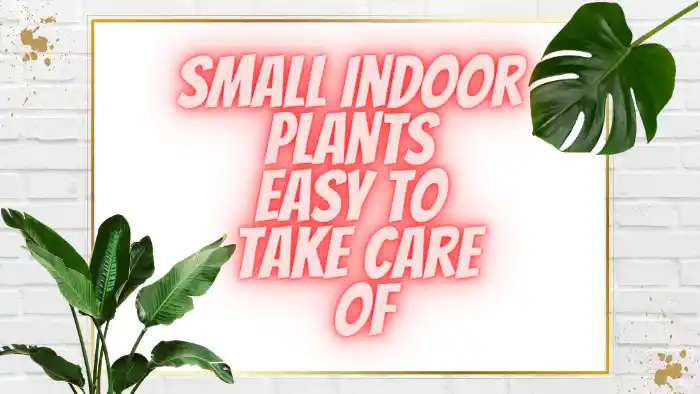Hen and chick plants, also known by their botanical name Sempervivum, are a type of succulent characterized by their rosette-shaped clusters.
These clusters, comprising a larger “hen” and smaller “chicks” around it, give the plant its unique and adorable appearance.
Originating from mountainous regions, these succulents have adapted to survive harsh conditions, making them an excellent choice for indoor cultivation.
Selecting the Right Variety of Hen and Chick Plant

When choosing a Hen and Chick plant for indoor cultivation, consider the wide range of varieties available.
Some exhibit vibrant reds and purples, while others display shades of green and blue. Take into account the size, color, and texture of the rosettes to match your indoor décor.
Choosing the Ideal Indoor Location
Find a well-lit spot for your Hen and Chick plant. While they prefer bright, indirect light, they can tolerate some direct sunlight. East- or west-facing windowsills are often ideal for these succulents.
Potting and Soil Requirements
Plant your Hen and Chick in a well-draining succulent mix. Use a shallow pot with drainage holes to prevent waterlogged roots. This setup mimics their natural mountainous habitat and prevents root rot.
Watering Strategies
Sempervivums are drought-tolerant, and overwatering is a common issue. Allow the soil to dry out between waterings, and avoid pouring water directly onto the rosettes to prevent rot.
Providing Adequate Sunlight
Place your Hen and Chick plant in a location where it receives at least 4-6 hours of sunlight each day. If your home lacks natural light, consider using a grow light to ensure optimal growth.
Temperature and Humidity Considerations
Hen and Chick plants thrive in cooler temperatures, making them suitable for indoor environments. They can handle temperature fluctuations but should be protected from extreme heat.
Fertilizing Tips for Healthy Growth
Feed your Hen and Chick plant with a diluted, balanced, liquid succulent fertilizer during the growing season (spring and summer). Avoid over-fertilization, as it can lead to leggy growth.
Pruning and Propagation Techniques
Remove any dead or wilted leaves regularly to encourage new growth. Propagate your Hen and Chick by removing offsets, allowing them to dry for a day, and then planting them in well-draining soil.
Dealing with Common Pests and Diseases
Monitor your plant for signs of pests like aphids and mealybugs. If an infestation occurs, treat with insecticidal soap or neem oil.
Keep an eye out for rot, which can be prevented by proper watering practices.
Creating Eye-Catching Arrangements
Get creative with your Hen and Chick plants by arranging them in decorative containers, terrariums, or vertical gardens. Their unique appearance adds a captivating touch to any arrangement.
Seasonal Care Guide
Adjust your care routine according to the seasons. During the winter, reduce watering frequency and move the plant away from cold drafts. Resume regular care as spring approaches.
Conclusion
Incorporating Hen and Chick plants into your indoor space is a delightful way to add a touch of nature’s beauty. These hardy succulents, with their captivating rosette clusters, are sure to capture your heart.
By following the guidelines outlined in this article, you can successfully grow and care for Hen and Chick plants, bringing a piece of the outdoors into your home with their unique charm.
FAQs
Can I grow Hen and Chick plants in low light conditions?
While they prefer bright light, some varieties can tolerate lower light conditions, but growth may be slower.
How often should I water my Hen and Chick plant?
Water sparingly, allowing the soil to dry out completely between waterings.
Can I keep Hen and Chicks outdoors in the summer?
Yes, they can be moved outdoors during warmer months, but acclimate them gradually to avoid sunburn.
Are Hen and Chick plants toxic to pets?
Sempervivums are generally non-toxic to pets, but it’s best to keep them out of reach to prevent accidental ingestion.
Do Hen and Chick plants flower indoors?
Yes, they can produce small, star-shaped flowers on tall stalks. However, flowering is less common indoors.
I am a Horticulture graduate and passionate gardener with expertise in identifying, growing, and caring for plants, trees, and seeds. With a focus on sustainable practices, they aim to promote environmental awareness and appreciation for the natural world.








